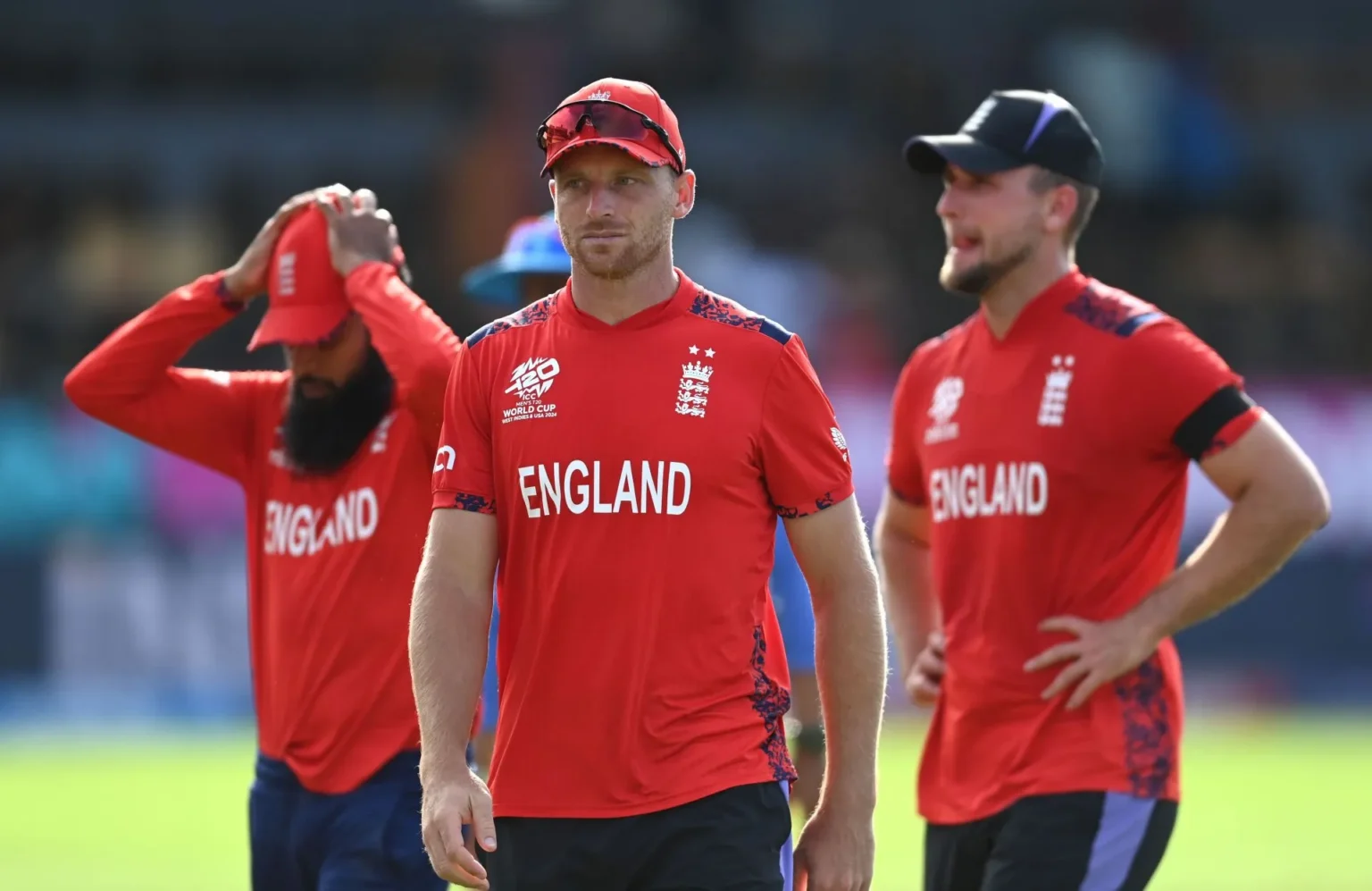When one imagines the Caribbean, words like sunny, relaxing, and vibrant often come to mind. For the England cricket team, however, their World Cup journey in the Caribbean was marked by gloom, stress, and persistent clouds.
A Gloomy Journey
While it may be fanciful to think that clouds harbor grudges, it seemed as though they were a constant companion for England. Their opening match against Scotland in Barbados was washed out, perhaps a mixed blessing. Clouds also hovered ominously over their critical game against Namibia, where they narrowly avoided early elimination.
The clouds followed them to the Providence Stadium in Guyana, threatening to disrupt their semifinal clash. Luckily, they held off just enough for England to attempt a fight. However, the outcome was far from favorable, as they faced a crushing defeat by India under the scorching sun.
England’s Last Dance: From Title Defense to Minimum Effort
For trivia’s sake, England can claim they reached the semifinals of the 2024 T20 World Cup. But can they say it with pride? Their campaign was marred by disheartening defeats to rivals Australia, South Africa, and India, overshadowing their victories against the West Indies, Oman, and Namibia.
In summary, England’s World Cup journey was like a gift-wrapped stone—shiny and promising on the outside, but disappointing upon closer inspection.
Logistical Hurdles and Team Dynamics
England faced multiple challenges leading up to the World Cup. They had to adjust their bowling attack for batting depth, experimented with Jonny Bairstow in the middle order, and struggled to adapt to Caribbean conditions despite their historical ties to Barbados. As the tournament progressed, their aura as defending champions diminished.
Their struggles were apparent when captain Jos Buttler chose to bowl first against India due to the threat of rain. However, the clouds didn’t come to their aid, and India capitalized on their decision. England’s strategy to chase on a tricky surface against India’s spinners proved disastrous.
India’s spinners dominated, taking six wickets for just 58 runs in 11 overs, while England’s spinners managed only one wicket for 49 runs in eight overs. Buttler admitted later that not utilizing Moeen Ali was a tactical error.
A Familiar and Grim Reality
England’s run chase was a series of self-inflicted wounds: Buttler fell to the first ball, Bairstow was dismissed for a duck, and a mix-up between Livingstone and Archer only added to their woes. India gladly capitalized on these mistakes, sealing England’s fate.
England’s Recurring Struggles
Despite winning the recent white-ball titles, England’s inability to sustain success remains puzzling. They are no strangers to heartbreak, having faced numerous near-misses in past World Cups. Michael Vaughan’s column in the Telegraph aptly described England’s pattern of fleeting success followed by downturns.
“We never sustain success for long in English cricket. We have a couple of good years, win the odd trophy or big series and think we have made it only for everyone else to catch up and overtake,” Vaughan wrote.
The Challenge of Sustaining Success
There is no easy answer to why England struggles to maintain their dominance. Is it complacency, failure to master their own game, rough transitions, or a lack of leadership? The problem is likely a combination of all these factors.
England now faces a critical juncture. With an aging side, uncertain futures for the captain-coach duo of Buttler and Mott, and other emerging issues, they stand at a crossroads. The challenge is clear—they must learn from their failures to build a legacy rather than settle for fleeting moments of glory.
As England heads home, they may struggle to find silver linings in the dense clouds that have followed them throughout this World Cup journey.


